Every year, millions of Americans skip doses, switch medications without telling their doctor, or stop taking pills altogether-not because they don’t care, but because the cost is too high. And in many cases, the solution isn’t a new prescription. It’s a simple switch to a generic drug-one that works just as well but costs up to 85% less. This is where pharmacists, trained in Medication Therapy Management (MTM), step in as the hidden heroes of safe, affordable care.
What Exactly Is Medication Therapy Management?
MTM isn’t just filling prescriptions. It’s a full review of every medication a patient takes-prescription, over-the-counter, supplements, even herbal remedies. The goal? Make sure each drug is necessary, effective, safe, and affordable. Pharmacists doing MTM don’t just check for interactions. They ask: Is this the right drug for this person? Is there a cheaper version that works just as well? Is the patient even taking it like they’re supposed to?
The U.S. Centers for Medicare & Medicaid Services (CMS) has required all Medicare Part D plans to offer MTM since 2006. That means if you’re on multiple medications, have several chronic conditions, and spend over $5,000 a year on prescriptions, you’re eligible for a free, 30-minute session with a pharmacist. But here’s the catch: only about 1 in 5 eligible patients actually take advantage of it. Why? Most don’t know it exists.
The Pharmacist’s Edge: Why They’re Best Suited for Generic Drug Decisions
Doctors prescribe. Nurses administer. Pharmacists understand how drugs work at the molecular level-and how to make them affordable without sacrificing results.
Take the FDA’s Orange Book. It’s the official list of all approved drugs and their generic equivalents, ranked by therapeutic equivalence. An “A” rating means the generic is bioequivalent to the brand name-same active ingredient, same strength, same effect. A “B” rating? Not interchangeable. Pharmacists use this daily. They know that a generic asthma inhaler with an “A” rating isn’t just cheaper-it’s just as effective at opening airways.
But patients don’t always trust generics. Some think they’re “weaker.” Others worry about fillers or manufacturing differences. A pharmacist in MTM doesn’t just say, “Here’s the cheaper one.” They explain: “This generic has the same active ingredient as your brand-name pill. The FDA requires it to deliver the same amount of medicine into your bloodstream within the same time frame. The only difference? You’re saving $287 a month.”
One HealthPartners study found that when pharmacists proactively recommended generic switches during MTM sessions, patients saved an average of 32% on their monthly drug costs. That’s not theoretical-it’s real money that keeps people from choosing between meds and groceries.
How MTM Works Step by Step
MTM isn’t a one-time chat. It’s a process. Here’s how it actually unfolds:
- Collect the full picture-The pharmacist gathers every medication the patient takes, including what they’re not taking anymore. They ask about side effects, missed doses, and how much they’re paying out of pocket.
- Identify problems-Using tools like the Medication Appropriateness Index (MAI), they check for duplicates, unnecessary drugs, dangerous interactions, and cost barriers. On average, they find 4.2 medication-related problems per patient.
- Spot generic opportunities-They cross-reference each brand-name drug with FDA-approved generics. For high-cost drugs like insulin, anticoagulants, or antidepressants, they flag even small savings. A $400 brand-name inhaler? Often, a $15 generic exists with identical results.
- Create a plan-They build a Medication-Related Action Plan (MAP) with the patient. It’s written in plain language: “Take this pill at breakfast. Switch to the generic version starting next week. Call if you feel dizzy.”
- Follow up-They call or message the patient in 2-4 weeks. Did the switch work? Any side effects? Are they still taking it?
Each session takes 20-40 minutes. Documentation adds another 5-15 minutes. That’s a lot more time than the average 1.7 minutes spent on a typical prescription pickup.
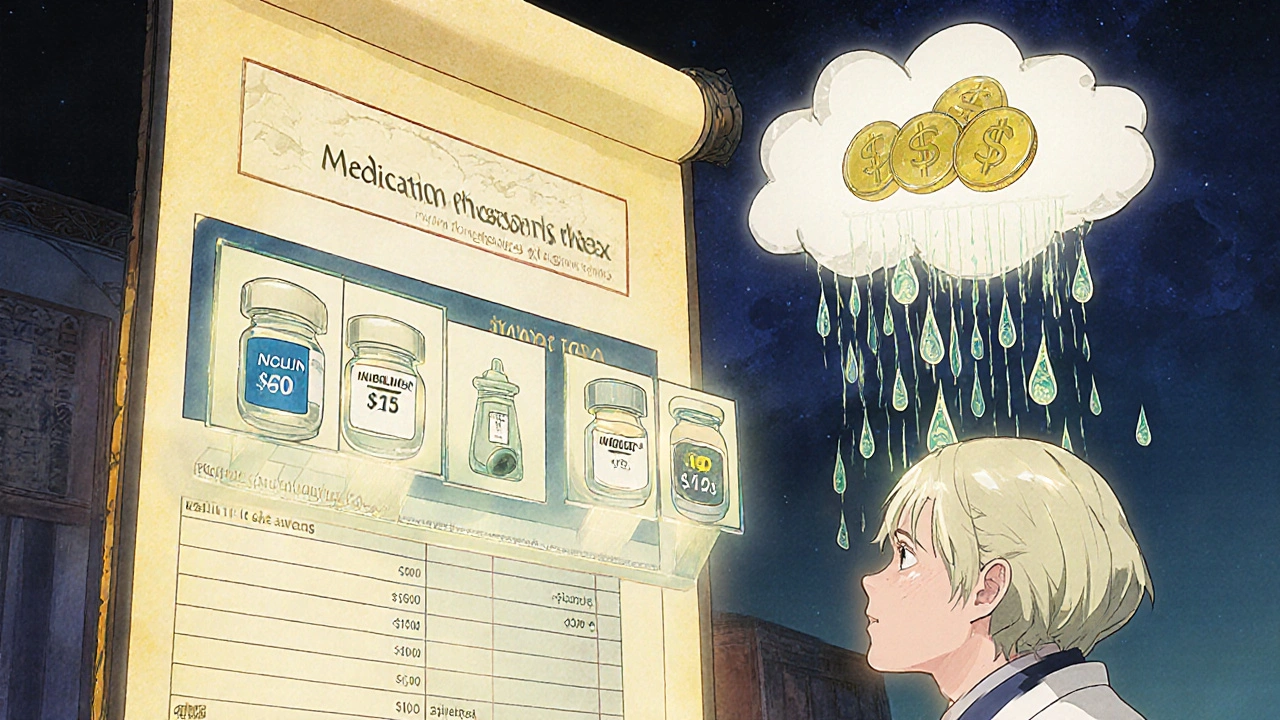
Why Generic Drugs Are Central to MTM’s Success
Cost isn’t just a footnote in MTM-it’s the main driver of adherence. Studies show 26% of patients don’t take their meds because they can’t afford them. And 37% of the total cost savings from MTM come directly from switching to generics.
Some drugs are tricky. For example, drugs with a narrow therapeutic index-like warfarin, levothyroxine, or lithium-require extra care. Even small differences in absorption can cause problems. Pharmacists don’t just swap these blindly. They check the Orange Book, verify the generic’s bioequivalence data, and monitor the patient closely after the switch.
And they don’t assume all patients want to switch. Some prefer brand names for consistency. Others have had bad experiences with generics in the past. A good MTM pharmacist doesn’t push. They educate. They give options. They say: “Here’s what the science says. Here’s what your insurance covers. Here’s what you’ve paid before. What feels right for you?”
Real Stories Behind the Numbers
Behind every statistic is a person.
A 68-year-old woman in Ohio was paying $420 a month for her brand-name blood pressure medication. Her MTM pharmacist found a generic equivalent with the same active ingredient-cost: $22. She cried. “I’ve been skipping doses to make it last,” she said. After the switch, she started taking it daily. Her blood pressure dropped into the normal range within six weeks.
A man in Texas with COPD was using a $380 inhaler. His MTM pharmacist discovered a generic alternative with the same active ingredient and delivery system-cost: $15. He told Reddit users: “My pharmacist didn’t just save me money. She saved my life. I used to choose between my inhaler and my son’s school lunch. Now I can afford both.”
But not every story ends well. Some pharmacies don’t offer MTM because reimbursement is too low. Medicare pays $50-$150 per session. Commercial insurers? Often $25-$75. For a pharmacy to break even on staffing, training, and time, that’s barely enough. That’s why many patients never even hear about MTM.
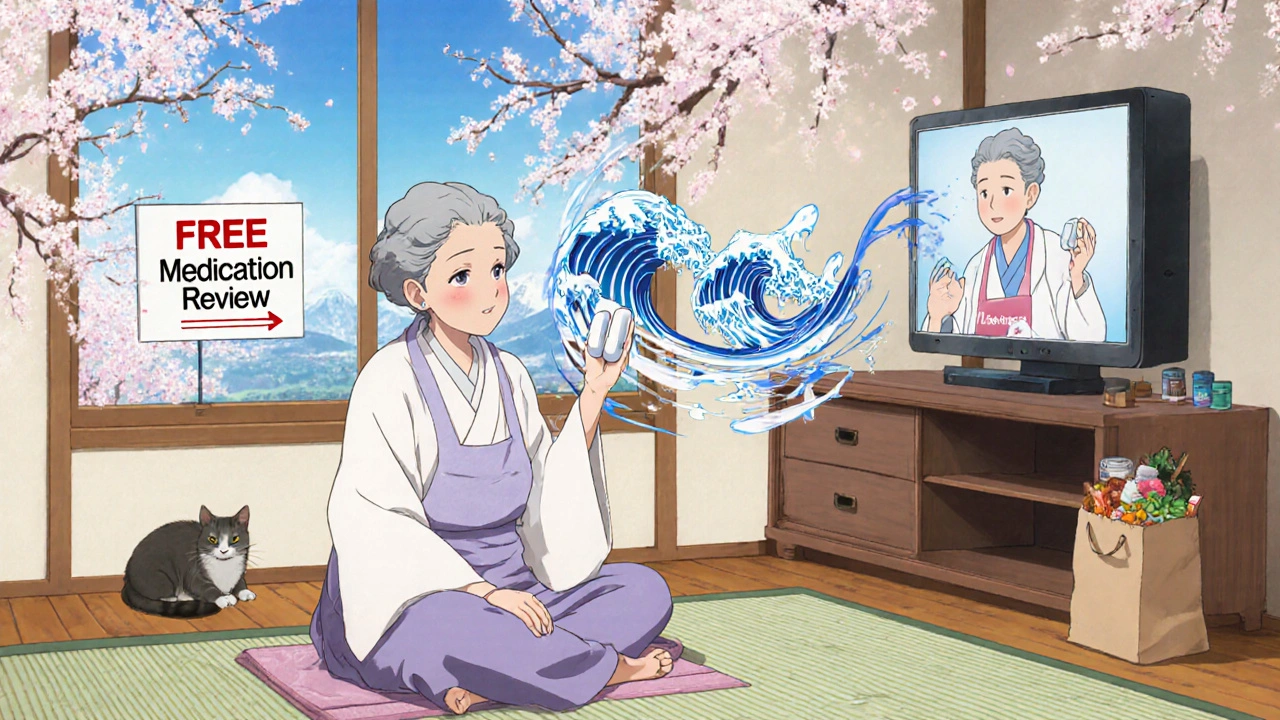
Barriers and How to Overcome Them
MTM works-but it’s not easy to scale.
- Reimbursement: Low pay discourages pharmacies from offering it. Only 38% of community pharmacies have electronic systems to document MTM efficiently.
- Training: Pharmacists need 40-60 hours of specialized training to do MTM well. Certifications like BCPS or BCACP help, but they’re not required everywhere.
- State laws: Only 42 states have clear rules letting pharmacists adjust prescriptions or communicate directly with doctors under MTM. In the rest, they need a collaborative practice agreement-something many pharmacies don’t have.
- Patient awareness: Most people think pharmacists just hand out pills. They don’t realize they can schedule a free, in-depth medication review.
Solutions exist. Pharmacies that schedule dedicated MTM slots (30+ minutes), use standardized templates for documentation, and integrate with electronic health records see better outcomes. Some are even using telehealth to reach patients at home-especially helpful for older adults or those without transportation.
What’s Next for MTM and Generic Drugs?
The future of MTM is bright-and getting smarter.
By 2025, 78% of health systems plan to expand pharmacist roles in MTM. Telehealth is now standard-63% of programs use video calls. New tools are emerging, too. Some pharmacists are starting to use pharmacogenomics-testing how a patient’s genes affect drug metabolism-to decide whether a generic or brand drug will work better for them personally.
There’s also momentum for policy change. The Pharmacist Medicare Benefits Act, passed by the House in 2021, would give pharmacists direct Medicare reimbursement for MTM and other clinical services. If it passes the Senate, 38 million more Americans could access these services.
The Bureau of Labor Statistics predicts a 4.6% growth in pharmacist jobs through 2032-mostly because of clinical roles like MTM. But growth depends on fair pay. Until reimbursement catches up, many pharmacists can’t afford to offer the service, even if they want to.
What You Can Do Today
If you’re on multiple medications-or if you’re paying more than $50 a month out of pocket for prescriptions-ask your pharmacist about MTM. You don’t need a referral. You don’t need to be on Medicare. Many private insurers and employer plans offer it too.
Ask these questions:
- “Do you offer Medication Therapy Management?”
- “Are there generic versions of my medications that would work just as well?”
- “Could we review everything I’m taking to make sure I’m not paying for duplicates or unnecessary drugs?”
Don’t wait for them to come to you. Be proactive. Your health-and your wallet-will thank you.


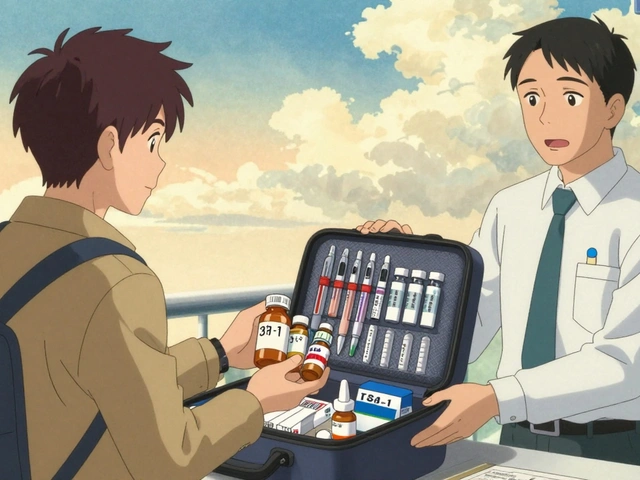

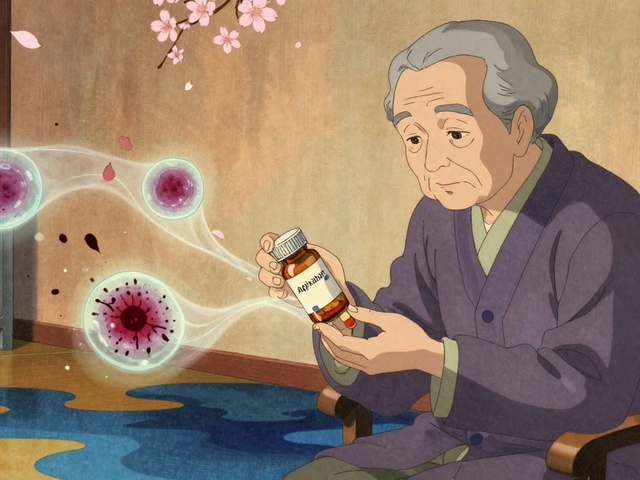


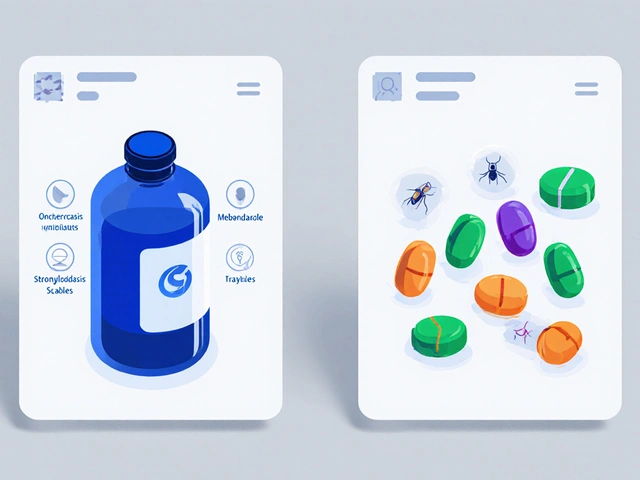
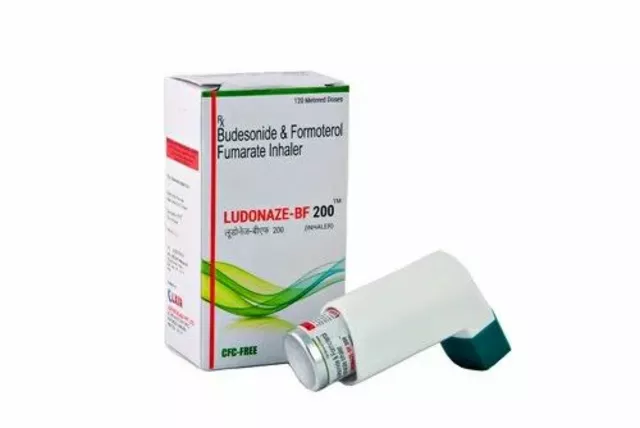



Amy Hutchinson
24 Nov, 2025
I used to skip my meds because they cost more than my rent. Then my pharmacist sat me down and switched me to a generic for my blood pressure pill-$20 instead of $400. I cried. Like, ugly crying. Now I take it every day. Why isn’t everyone doing this?
Archana Jha
25 Nov, 2025
generic drugs are a gov't conspiracy to make us sick lol. the fillers in them are laced with microchips or whatever. i read it on a forum. also the fda is owned by big pharma. my cousin in delhi says his uncle's friend's pharmacist in mumbai got fired for saying generics work. they're scared of the truth.
Sharley Agarwal
25 Nov, 2025
People don’t take their meds because they’re lazy. Not because of cost. Stop making excuses.
prasad gaude
26 Nov, 2025
In India, we call this ‘dawa ki samajh’-understanding medicine, not just swallowing it. My grandmother used to say, ‘The medicine doesn’t heal, the mind does.’ But if you can’t afford the pill, even the strongest mind breaks. Pharmacists here don’t have time for MTM. They’re running 10 counters at once. Still… I’ve seen a pharmacist in Jaipur sit with a man for an hour, explaining why his $5 generic worked better than his $300 brand. That’s not business. That’s dharma.
Srikanth BH
28 Nov, 2025
This is the kind of stuff that changes lives. Seriously. I’ve seen people in my community choose between insulin and groceries. If your pharmacist offers MTM, take it. Don’t wait until you’re in the ER. You’re not being ‘difficult’-you’re being smart. And if they don’t offer it? Ask again. Loudly.
Jennifer Griffith
29 Nov, 2025
generic? yeah right. my friend took one and got dizzy for a week. maybe it's just me but i think brand name is safer. also who has time for a 30 min chat with a pharmacist? i barely have time to pee.
Patricia McElhinney
30 Nov, 2025
While the article presents a compelling anecdotal framework, it fails to account for the statistical insignificance of bioequivalence variance in low-therapeutic-index agents under real-world adherence conditions. Moreover, the implicit assumption that cost reduction correlates linearly with improved outcomes neglects confounding socioeconomic variables. The FDA’s Orange Book does not validate clinical equivalence-it validates pharmacokinetic parameters under controlled conditions. This is not medicine. It is cost-shifting masquerading as patient advocacy.
Rachel Villegas
1 Dec, 2025
My pharmacist did this for me last year. I was on three brand-name drugs. She found generics for two of them-saved me $1,200 a year. I didn’t even know I could ask. Now I tell everyone. It’s not rocket science. Just ask. Seriously. Just ask.
Aki Jones
3 Dec, 2025
Let’s not pretend this is altruistic. Pharmacies get paid $50 per MTM session. That’s less than minimum wage when you factor in time. So they do it to hit quotas. They don’t care if you’re taking your meds-they care if you’re ticking boxes for reimbursement. And don’t get me started on how they push generics without checking your liver enzymes or thyroid levels. It’s not care. It’s corporate efficiency disguised as compassion.
Jefriady Dahri
4 Dec, 2025
Bro, I used to think pharmacists just handed out pills. Then my cousin in Lagos got his diabetes meds switched by his pharmacist-saved him $400/month. Now he’s alive. I cried. Like, full-on ugly cry. We need this everywhere. Not just in the US. In Nigeria, people die because they can’t afford the brand. Pharmacist is the real doctor sometimes. 🙏
Andrew McAfee
6 Dec, 2025
My pharmacist never offered this. I had to ask. Twice. Then she gave me a pamphlet. That’s it. No follow up. No plan. Just a sheet of paper. This sounds amazing but in real life? It’s a luxury. Most places are too busy. Too understaffed. Too broke. The system isn’t broken. It’s just not built for people like us.
Andrew Camacho
7 Dec, 2025
Oh wow. Another feel-good story about how pharmacists are saving lives. Meanwhile, the same people who wrote this article are probably sitting in a boardroom at CVS, pushing MTM as a cost-cutting tool while they raise insulin prices by 20% next quarter. You think this is about care? It’s about liability. It’s about avoiding lawsuits. It’s about making sure you don’t die on their watch so they don’t get fined. Real heroes? The people who still take their meds even when they’re broke. Not the pharmacists who get paid $75 to say ‘here’s the cheaper pill.’
Timothy Sadleir
7 Dec, 2025
The notion that a pharmacist, trained in pharmaceutical sciences and regulatory compliance, can reliably substitute brand-name therapeutics with generic equivalents without direct physician oversight constitutes a dangerous erosion of clinical accountability. Furthermore, the implicit endorsement of cost-based substitution, while economically expedient, undermines the foundational principle of individualized patient care. One must ask: Who benefits when clinical judgment is commodified? The answer, regrettably, is not the patient.
Dolapo Eniola
9 Dec, 2025
Y’all in America think money is the problem? In Nigeria, we don’t even have pharmacies with refrigerators for insulin. People buy fake drugs from street vendors. Your problem? You have generics. You have MTM. You have choices. We have death. Stop acting like this is a revolution. It’s just basic survival. And if you’re not using it? You’re wasting privilege.